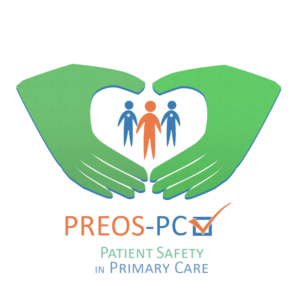A conceptual framework was developed for the PREOS-PC based on three necessary elements for patient safety events:
1. Patient interaction with the health care system, including self-management
2. Standards of care
3. Actual or potential harm to patients
The PREOS-PC consists of 5 domains:
· Practice Activation (the degree to which practices are perceived to be engaging in promoting safety)
· Patient Activation (the degree to which the patient engaged in promoting safety)
· Patients’ experiences of safety problems Impact on Health
· Patient safety outcomes (harm)
· General perceptions of safety
The measure has been shown to have good content and face validity and be acceptable to patients.
^ Back to top



